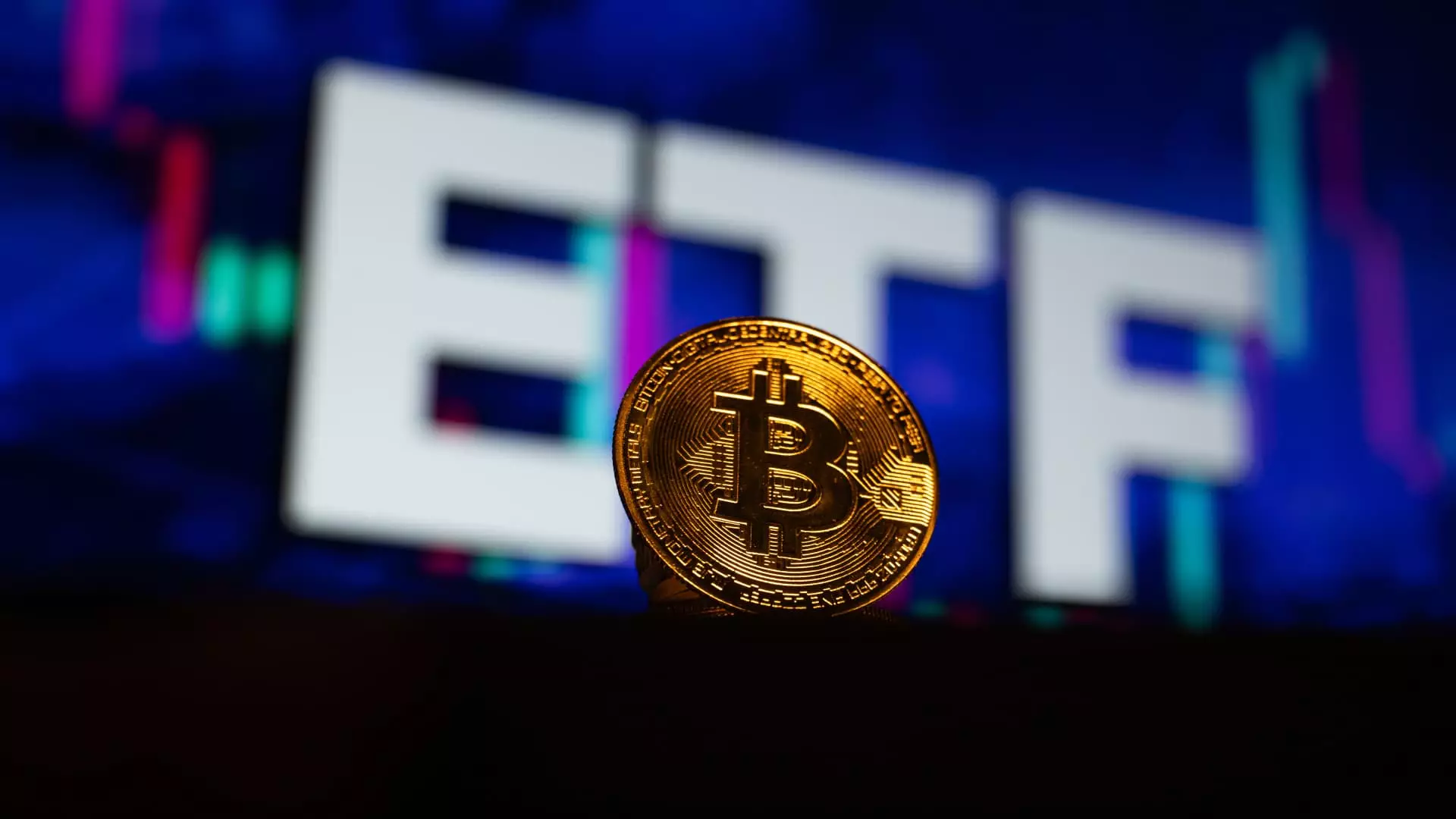In the rapidly evolving world of cryptocurrency, exchange-traded funds (ETFs) have emerged as a significant focal point for investors, particularly as the market braces for a fresh wave of innovation in 2025. Following the groundbreaking success of Bitcoin ETFs, which amassed a staggering $36 billion in net new assets within their inaugural year, there is palpable excitement surrounding the potential launch of new funds. However, this enthusiasm is tempered by an unavoidable reality: the second round of crypto ETFs is unlikely to replicate, much less exceed, the fervor of its Bitcoin predecessor.
The launch of Bitcoin ETFs marked a historic moment in financial history. BlackRock’s iShares Bitcoin Trust led this movement, demonstrating an unprecedented institutional appetite for cryptocurrency investments. Their introduction didn’t just elevate Bitcoin’s market presence; it catalyzed a comprehensive institutional adoption, effectively doubling the overall market cap of cryptocurrencies in 2024. However, the circumstances surrounding this initial success were underpinned by a unique confluence of factors—riding the coattails of increased public interest in digital assets and a favorable regulatory environment.
Despite the glimmers of optimism, not all crypto-related financial products are met with such exuberance. Recent applications for ETFs tracking other cryptocurrencies, such as Solana, XRP, Hedera (HBAR), and Litecoin, reflect the industry’s ambition but reveal a cautious outlook. According to JPMorgan analyst Kenneth Worthington, these new funds are projected to draw significantly lower investment compared to the meteoric rise of Bitcoin ETFs. Worthington’s analysis highlights a qualitative shift in investor interest, noting that the market capitalization of these alternative tokens pales in comparison to Bitcoin, thus influencing their appeal.
For instance, Worthington’s projections suggest that even if recognized, ETFs linked to Solana could only attract between $3 billion and $6 billion in assets. XRP, with its total market cap sitting at approximately $146 billion, could see a slightly better performance—an estimated $4 billion to $8 billion. These figures starkly contrast the initial enthusiasm witnessed with Bitcoin, raising questions about the broader crypto market’s maturity and the appetite for diversification.
The regulatory environment plays a critical role in shaping the landscape for crypto ETFs. Analysts, including Worthington, assert that the future of crypto funds hinges significantly on prospective legislative changes and a supportive regulatory framework that could herald a new era for cryptocurrency businesses. The anticipated pro-crypto stance of a new Congress and White House in 2025 may provide much-needed momentum. However, the actual implementation of these regulations remains to be seen, and until significant clarity is delivered, uncertainty will linger over investor sentiment.
Tyron Ross, founder of 401 Financial, accentuates the importance of investor confidence and education in determining the future trajectory of Bitcoin ETFs in 2025. He projects that while demand may not replicate the extraordinary growth of 2024, it will still maintain a healthy level, provided that key financial portfolios begin to creatively incorporate cryptocurrencies as a vital asset class.
For meaningful growth in the crypto ETF market, it’s imperative that advisors and institutions start to break away from traditional investment models that fail to accommodate digital assets. The slow integration of cryptocurrencies into mainstream financial advisement reflects the broader hesitancy around their volatility and perceived risks. Ross highlights that the existing allocation strategies among financial advisors currently overlook the potential benefits of crypto exposure, which could ultimately stifle further market growth if not addressed.
As we look toward 2025, the crypto ETF landscape stands at a crossroads. While Bitcoin ETFs set a formidable precedent, the forthcoming products will likely face numerous obstacles, from regulatory challenges to changes in investor behavior. The potential remains, but it hinges crucially on navigating the complexities of the current climate and adapting to the realities of the increasingly diversified cryptocurrency market. As we adapt to this new era, tempered expectations may be the wiser approach for investors and stakeholders alike, ensuring that the lessons learned from the past guide us toward a more informed and fruitful future.

